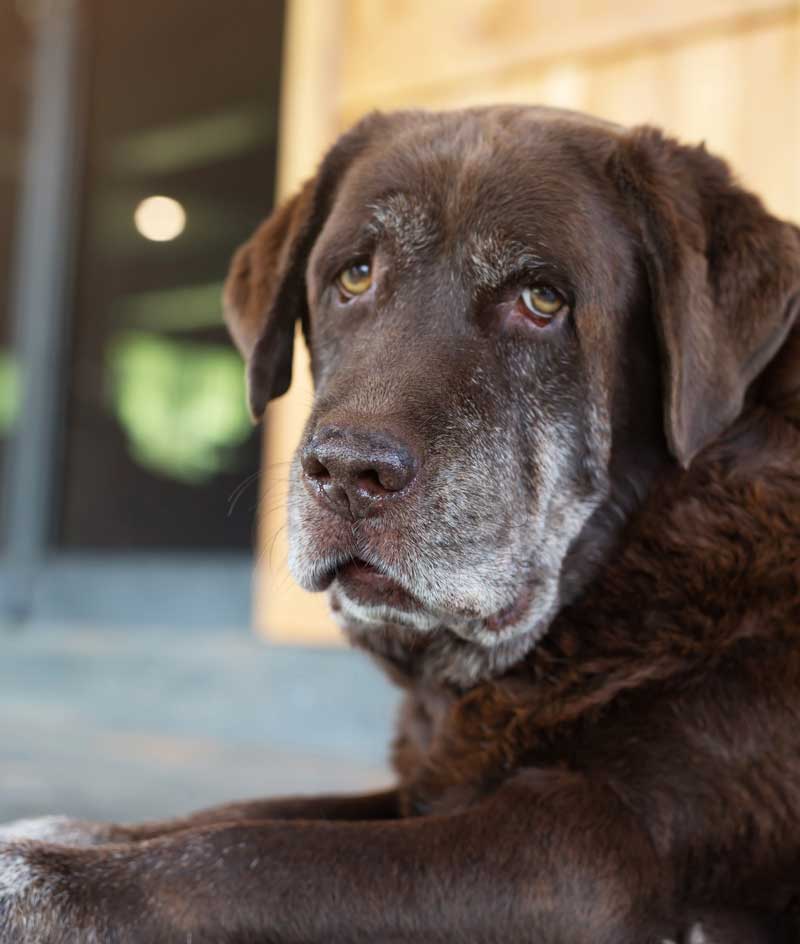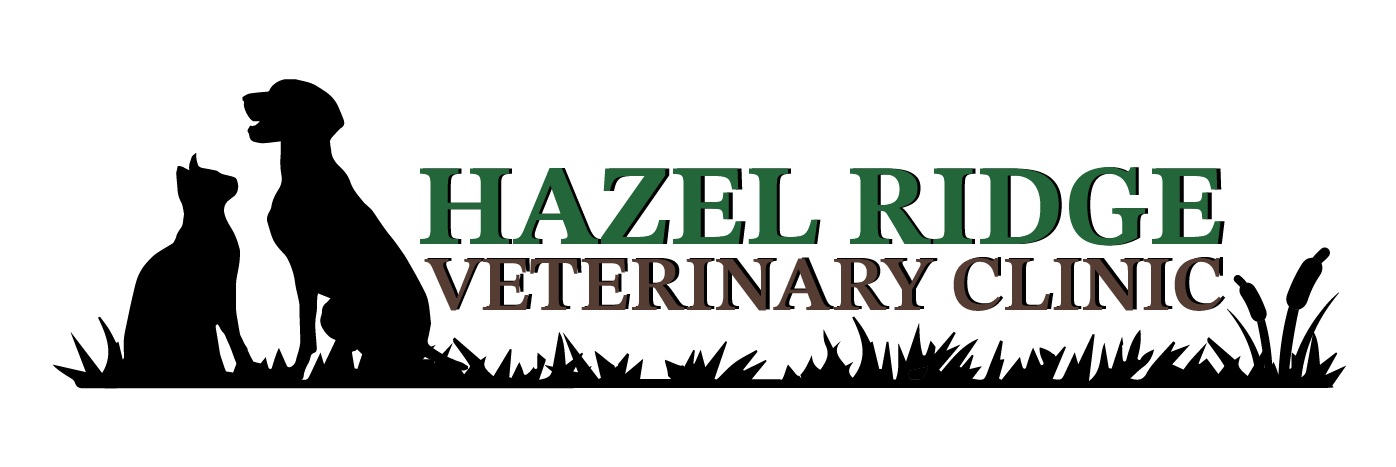Senior Mobility
Mobility Issues in Older Pets
Mobility is the ability to get around with relative ease. It is the most common problem we see in older dogs and is also seen with some frequency in older cats.
All older dogs slow down, sleep more, and become stiffer. This is normal. Because their spine becomes stiffer with age, it becomes difficult to jump up or down. This puts stress on other joints which may be already compromised.
Pain and weakness are often difficult to tell apart, and are treated very differently. Arthritis/disc disease/weakness/neuropathy all cause mobility issues. A physical examination is a great first step to uncovering the source of pain and/or weakness.
What can you do right away?
- Keep them trim and well-muscled. The best and most important therapy for your older pet is to keep them trim and to make sure they have regular exercise. Exercise and quantity of food must be adjusted to their specific needs. Fewer calories mean less excess weight to carry around. There are many good senior foods around that meet this need. Exercise strengthens the muscles and also lubricates the joints, but it often has to be modified as our pets age. Consider two half-mile walks rather than 1 mile, or take along a pet stroller or wagon for when your pet gets tired. Try to keep the exercise at a level where your pet is not lame or stiff after the exercise – it should be fun and enjoyable for both of you. This can be a slow walk to smell the roses and boost the spirit.
- Slipping. Although wood and tile floors are popular, they make it very difficult for stiff pets. Slipping makes your dog nervous, and reluctant to move. Also, it can injure your pet. There are many resources to help you. You can place non-skid mats on the floor such as washable non-skid rugs, yoga mats, and interlocking pads (for toddlers). There are also sticky pads and sprays that you can apply directly to your dog’s foot pads. Some dogs need a little help getting up, and there are harnesses and slings that can help without hurting your back. Many dogs have difficulty jumping on the couch or into the car. Pet ramps or stairs are helpful, but they take training. Cats appreciate stair steps or stools for them to jump up and down. Be sure and use non-stick surfaces wherever they land.
- Many pets with arthritis benefit from joint supplements which protect the joint surfaces. Not all products with glucosamine are the same; we recommend the over-the-counter supplements, Cosequin and Glyde, for early arthritis. Dasuquin is best for dogs with more advanced arthritis. Cats also have their own form of Cosequin which is easily administered by sprinkling over their food. Both cats and dogs can receive Adequan injections if they don’t tolerate the oral approach.
- Offer several beds and water stations so your pet does not have to go far to comfort themselves. Allow easy access to potty areas – no stairs or painful rocks. Consider potty pads for small-breed dogs. For cats, make sure the litter box is large enough so the cat is not cramped, and offer several boxes in different locations. Litter boxes with low edges also make it easier for cats to access.
- Grooming – keep the nails short. Your dog or cat should be able to stand without the nails causing the toes to bend sideways. Cats’ nails can grow so long that they curl back into the pads and this is very uncomfortable. We find that as pets age their nails tend to grow quickly, so it is important to keep an eye on the nail length.
- Pain control. This is a very important part of the therapy for mobility issues. We recommend a “multi-modality” approach – using different medications that ease the pain at different levels.
- Non-Steroidal Anti-Inflammatory Drugs (NSAIDs). These medications act at the site of the painful condition to reduce inflammation and pain. Dogs and especially cats are very sensitive to the negative side effects of NSAIDs, so unfortunately there are few human products we recommend. Because their livers metabolize differently than ours, they are more prone to stomach bleeding and liver and kidney disorders. The good news is that there are several veterinary preparations that are very effective and much safer than human products.
- Pain-modifying analgesic drugs such as Amantadine and Gabapentin that act as pain down-regulators by acting further up the spinal cord to reduce the sensation of pain.
- Physical modalities. We are blessed to have pet rehabilitation in our area which can provide physical therapy and acupuncture.
See all the things you can do! Here are some products that might be helpful:
Flooring:
- Loobani Non-Slip Tread mats
- Puppy Treads Self-Adhering Non-Slip Tread (clear)
- Yoga mats
- Bath mats (Duck brand Softex Bath Mat)
- Area mats with non-skid backing
Paws:
- Beach & Dog Co. Paw Grip – rub on foot pads. Also helps sensitive foot pads.
- Bio-Groom Show Foot Anti-slip Spray
- ROZU Dog Pad Protection Pads
- Mihachi Dog Paw Pads
- RUFFWEAR Grip TREX Dog Boots (also get RUFFWEAR GetBark’n Boot liners)
Ramps and Stairs:
- Pet Safe Solvit Deluxe Telescoping Pet Ramp
- Pet Gear Full-Length Ramp
- Pet Gear Easy Step II Pet Stairs
Strollers:
- Pet Gear – different styles
Harnesses:
- Pet Solvit CareLift Aid Harness
- EXPAWLORER
- Help’em up Harnesses
- In an emergency, you can use a fabric shopping bag and cut out the sides. Slip the sling under your dog and use the handles to lift.

